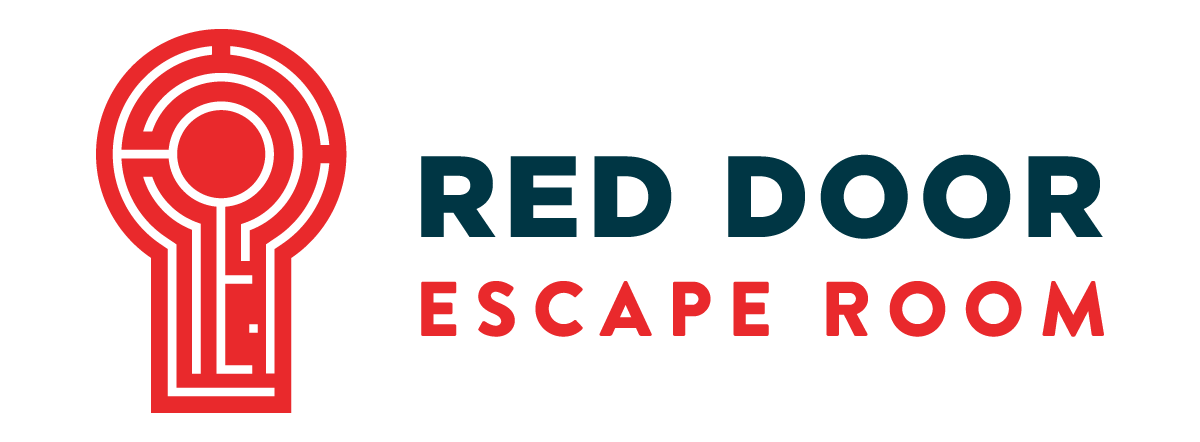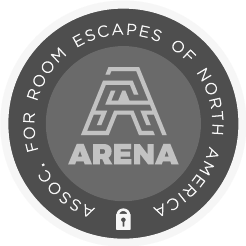We’ve been talking a lot about how to be more creative, good creative habits, and creative exercises. So what comes next? Now it’s time to generate the actual ideas and start your hard work to see them come to fruition. It’s time to really create!
James Taylor—an internationally recognized leader in creativity and innovation—has broken down the creative process to FIVE simple stages:
1. Preparation
This stage is a given and it’s one of the aspects we’ve been talking about in our last few blog posts. Preparation is all about getting inspired and that has a lot to do with your environment: what you read, listen to, research, and observe. Depending on who you are, you might enjoy a quiet environment or you might prefer a setting with a lot of visual or auditory stimuli. The main thing to remember is that during this stage you should be absorbing as much information as you can, so you’ll want to be fully immersed in your prime creative environment.
2. Incubation
Incubation might be one of the stranger stages of Taylor’s model because you really don’t have to do anything but wait. Taylor assigns this role of the work all to your brain’s subconscious. In stage one, you focused on gathering information. In stage two, you’ll step away from all of that. Incubation allows you to find something new to focus on and be re-energized before you come back to your original idea. And it all leads you into the next stage…
3. Insight
Taylor calls this the “Aha!” or “Eureka!” moment. While your creative subconscious has been working away in the background, you’ll come to a realization—perhaps even while doing a mundane, everyday task. Your subconscious will take in all that information that you had consciously been observing in stage one and will provide that insight by bringing an idea to the forefront. Then you can move on to the next steps.
4. Evaluation
Evaluation is just what it sounds like. You’ll need to allow yourself to reflect on your ideas and consider which ones are worth your time to pursue. While evaluation is partially a solo effort, this is also the stage in which it would be great to have a group of creative friends to chat with. Take into consideration your peer’s opinions of your ideas, but don’t let them be the dominating factor that decides your next step. Your opinions matter just as much, especially because it’s your idea! So take it all in and figure out what ideas are worth your hard work in the next step.
5. Elaboration
Here’s where that hard work comes in. This is the moment when you’ll take that idea that you decided on during stage four and start testing it out, drawing out designs, and creating. A creative person is not solely marked by their ideas, but also their ability to make their ideas come to life. Elaboration means that you will start taking action.
Sometimes we have so many ideas but we have no idea what to do with all of them. Hopefully, these five stages will help you sort through everything in a way that helps you develop an effective creative process for yourself. I think one very important thing Taylor says about these stages is that they should be considered iterative rather than linear since many creatives will find themselves bouncing from one stage to the next. Some might be very short while others might last for weeks or months. So don’t expect results overnight. Remember it’s all personal. Work in the way that works best for you. Above all, don’t let anything stop you from creating!


